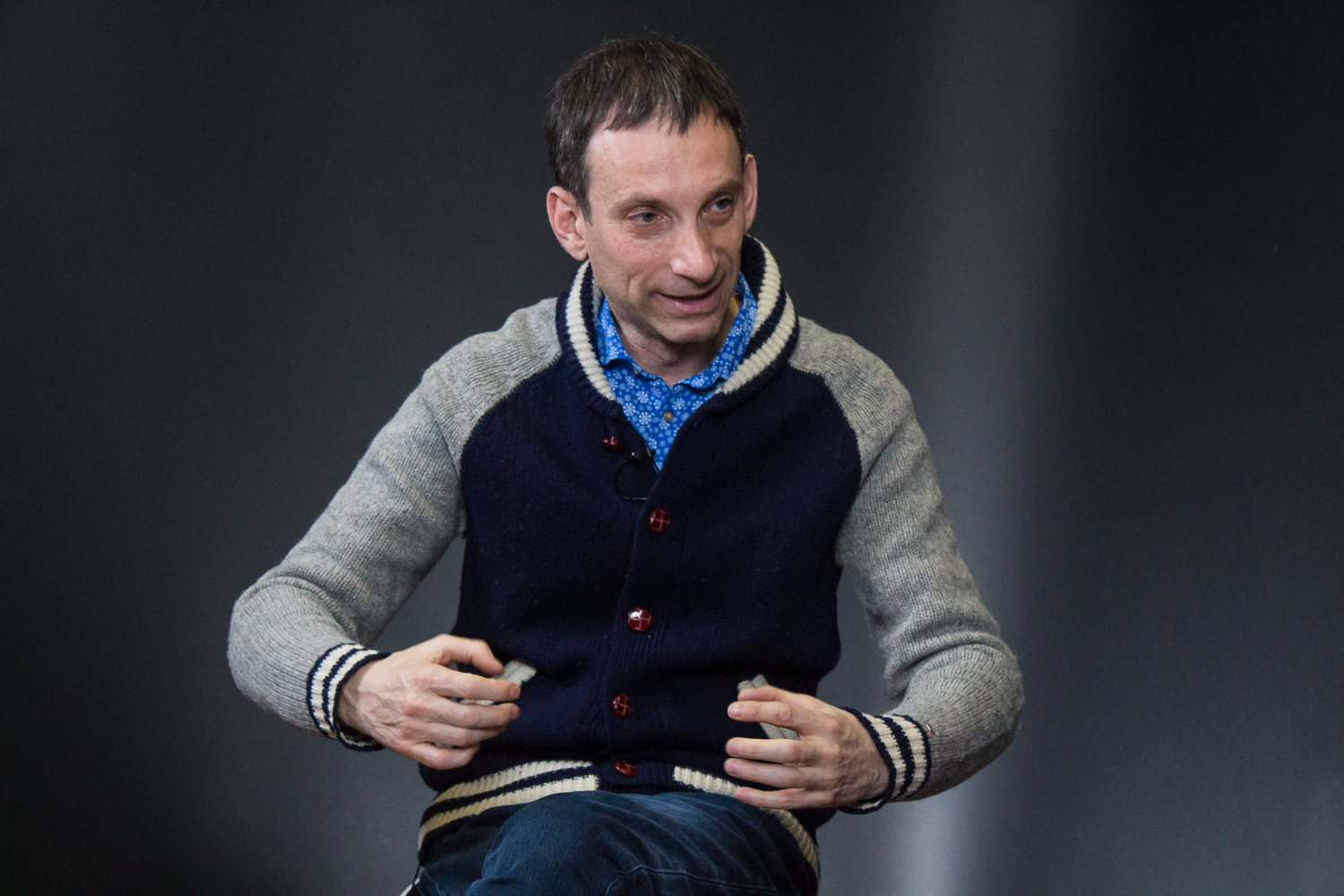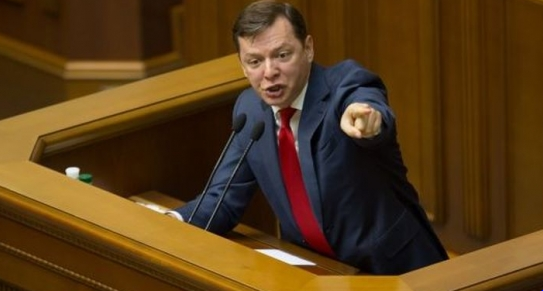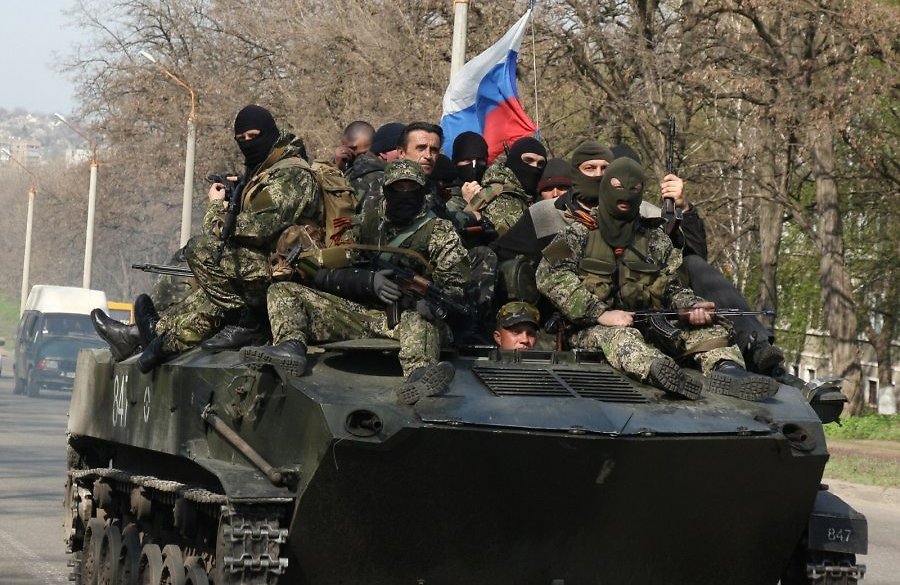Moscow completely controls the situation in the occupied Donbas, Vitaly Portnikov says; and consequently, one should not view what is going on there in recent days as any threat to its ability to dictate outcomes but only as an occasion for Vladimir Putin to choose among four possible scenarios for the region.
According to the Ukrainian commentator, the Kremlin leader will choose the one that is worst for Ukraine over the longer haul even if what he says may appeal to some Ukrainians and the West in the short term.
The fighting among the leaders of the occupied regions may reflect differences of opinion within the Moscow elite, Portnikov concedes in an interview with Kateryna Shumylo of Apostrophe; but that shouldn’t distract the attention of Ukrainians because it doesn’t change the overall ability of the Kremlin to decide on the general course of development.
And thus it is important to view the four options Putin has not as an element of some “solution” of the crisis but rather as being about objectives the Kremlin leader wants to achieve.
The first scenario for Putin, Portnikov says, “is to begin a new war” much as he did in Georgia to “’restore the territorial integrity … of ‘the republics’ of Abkhazia and South Ossetia” and seek to conquer all of Donetsk and Luhansk oblasts and incorporate them into the unrecognized republics in the region.
Portnikov says that “this variant is now unacceptable for Putin because it will lead to new sanctions from the European Union, a new deteriorating of relations with the Americans, and — in both places — new and serous problems with the future of Russian capital and the Russian president.”
“This means,” the Ukrainian analyst says, “that he will not begin a new war either before the Russian presidential elections or afterwards.”
The second scenario would involve “a complete withdrawal [of Russian forces] from the territory of the Donbas.
This also is an impossible variant because a complete withdrawal would mean for Putin a capitulation before the West. “‘The Russian world’ would thus have turned out to be incapable of defending its supporters.” And Putin “will not be able to move in that way.”
The third scenario, Portnikov continues, is “the preservation of the status quo.”
That isn’t a good option for Moscow, because it will do nothing to prevent continued sanctions or Ukrainian resistance.
For the time being, however, Putin may, as he did with his telephone calls with Donbas “separatist leaders,” seek to transform their region into a Transdniestria. And thus it is the fourth scenario, at least after the elections, that Putin is most likely to select, Portnikov says.
This involves “the replacement of Russian forces on the territory of Donetsk and Luhansk oblasts with UN peacekeeping forces without the restoration of Ukrainian control over the territories.”
“For the US,” he says, “it is possible that this will seem a triumph” because Washington will view it as a development in which Russia will be forced to withdraw its forces from these territories. “But the Ukrainian armed forces, law enforcement structures, and state structures will not go into this territory.”
And as a result, it will represent for Ukraine the most dangerous outcome of all, the Ukrainian commentator says.
That is because this will not transform the situation into “a frozen conflict” as some imagine but rather become “a real trap for Ukraine” because after this occurs, people will start talking about a transitional period, Russia will stop bearing the costs of supporting the people there, and Ukraine will have to pay for everything but without having control.
That burden, however, is not the worst of this, Portnikov says.
This is no fantasy, the analyst continues. Moldova shows how this could work. There voters in Transdniestria helped install a pro-Russian president in Chisinau even though the rest of the country was opposed. Igor Dodon is “a product of Russian political influence,” of a majority created by the addition of voters from Transdniestria which Chisinau doesn’t control.
To create a similar “pro-Russian majority in Ukraine is not as difficult as it seems” if Moscow with the agreement of the West simply follows the same strategy. The limiting factor is whether Russia – and that means Putin – will agree or whether he thinks he can get even more under the circumstances.
The current situation is much more favorable to Ukraine than the fourth scenario would be. It gives Kyiv room for maneuver: “We can consider these territories occupied” and thus not allow people there to vote in Ukrainian elections. But if there are UN peacekeepers rather than Russian forces, that will be far harder to do.
In such a case, Kyiv will “not have any chance for maneuver.” And that may be Putin’s chief goal for the coming months and years.
Read More:
- Russian proxy republic leader in Donbas threatens to attack UN peacekeeper mission
- Ukrainian civil resistance to Russian occupation in Donbas
- Russian “siloviki” oversee power vertical of occupied Donbas
- How Russia recruits Serbian mercenaries into the ranks of its fighters in Donbas
- Wagner mercenaries: what we know about Putin’s private army in Donbas
- Ukraine’s Donbas-reintegration bill branding Russia “aggressor state” passes first reading
- Deployment of UN peacekeepers to Donbas unlikely – analyst
- Ukrainian President repeats call for peacekeepers to Donbas at UN Security Council
- Donbas residents increasingly want to return to being part of Ukraine, Bekeshkina says
- Putin’s “peacekeepers” — a ploy to legitimize the Donbas “republics”
- Putin suddenly wants armed peacekeepers in Donbas. Why now? What for?






